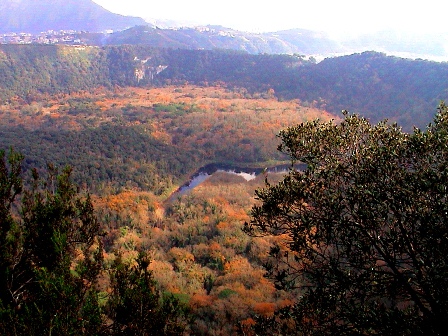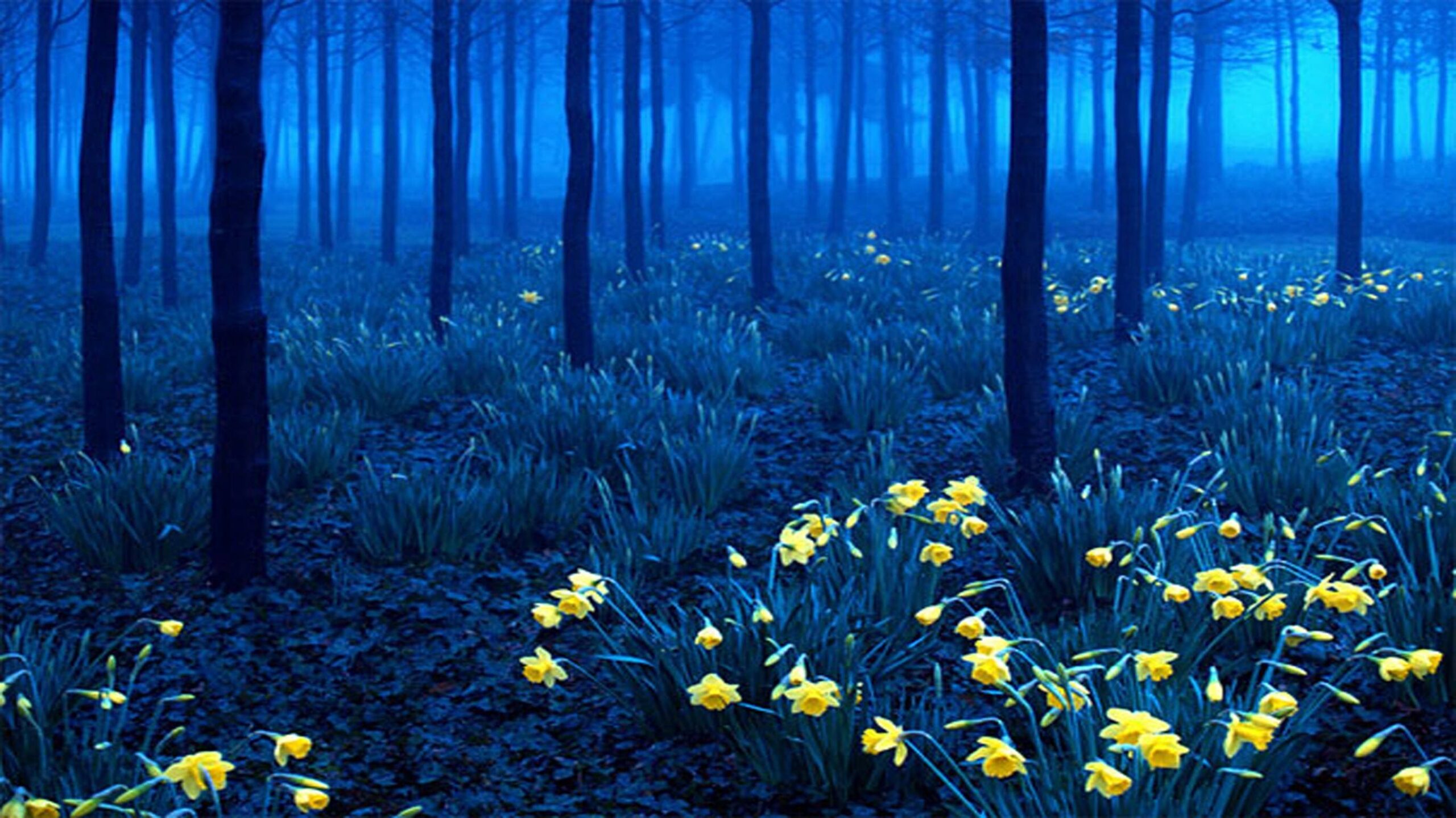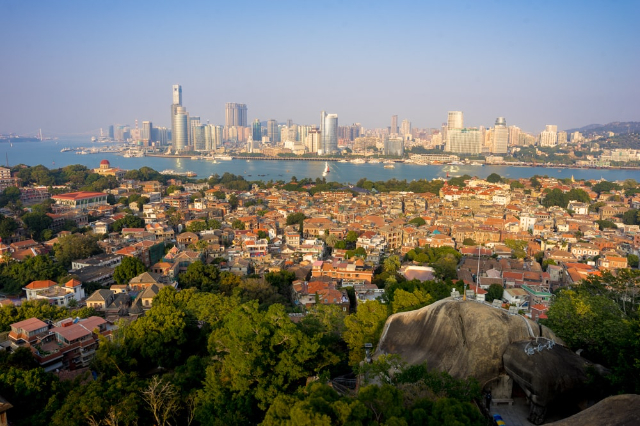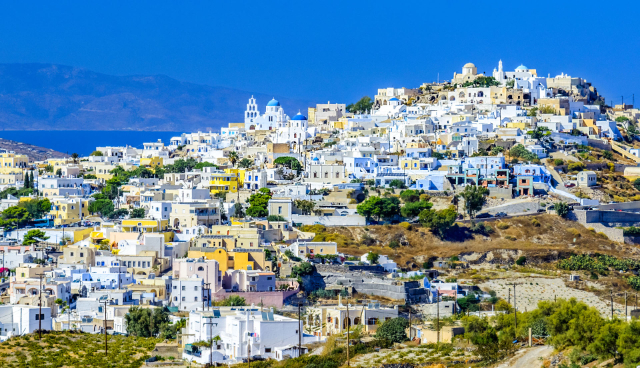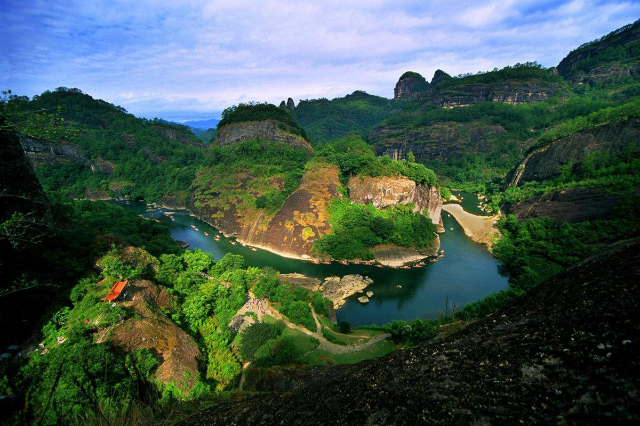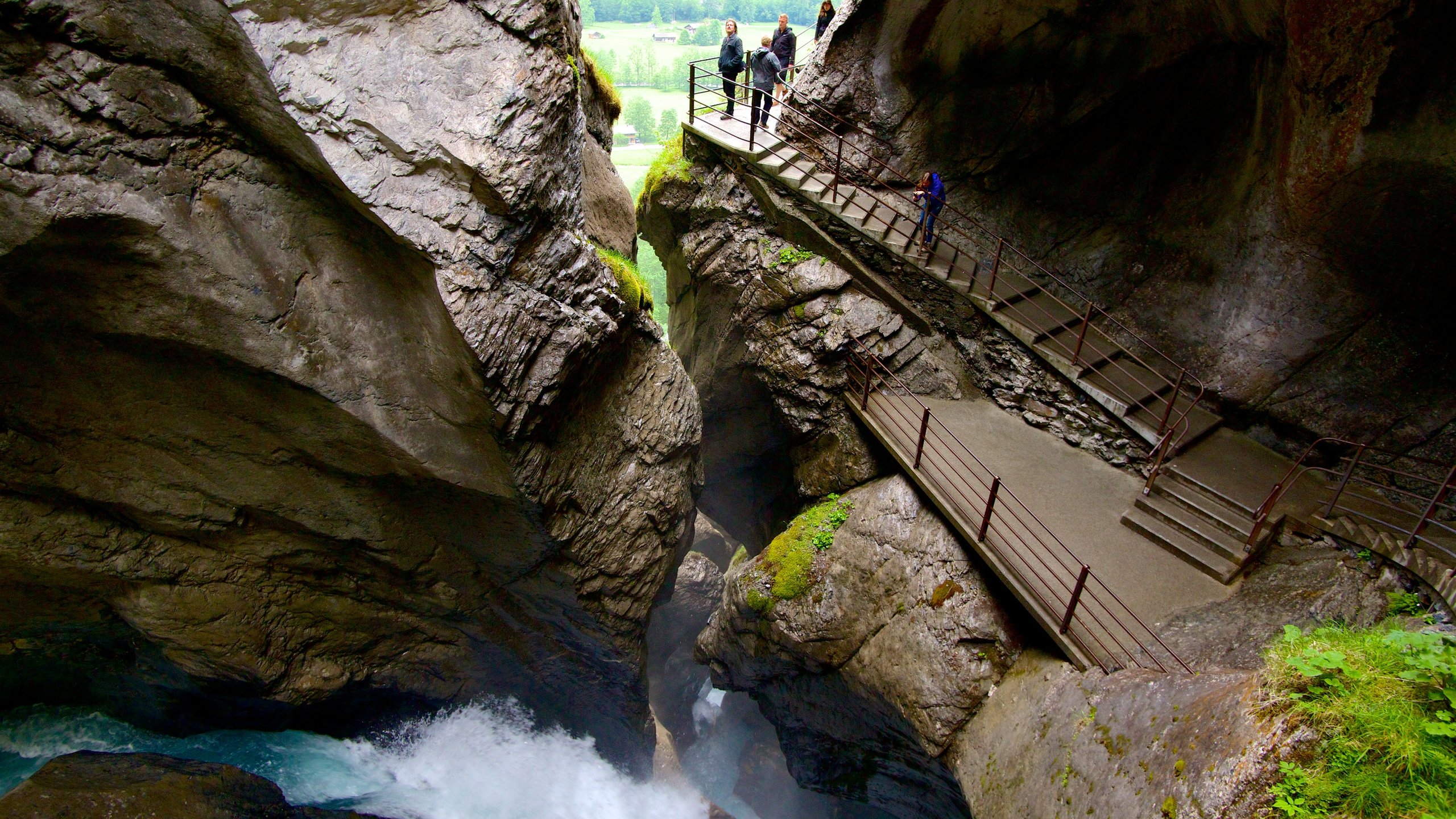The Cratere degli Astroni Nature Reserve is a state nature reserve in Campania established by the Ministry of the Environment in 1987, managed by WWF Italy.
It is a crater, one of the largest among the thirty or so found in the Campi Flegrei area and certainly the best preserved in its structure. It is crisscrossed by nature trails and observatories for avifauna, equipped with explanatory panels and bulletin boards, for a total of 15 km of diverse trails. Until 2005 it was home to an important wildlife rehabilitation center.
The Cratere degli Astroni Nature Reserve is a state nature reserve in Campania established by the Ministry of the Environment in 1987 and managed by WWF Italy.
It is a crater, one of the largest among the thirty or so found in the Campi Flegrei area and certainly the best preserved in its structure. It is crisscrossed by nature trails and observatories for avifauna, equipped with explanatory panels and bulletin boards, for a total of 15 km of diverse trails. Until 2005 it was home to an important wildlife rehabilitation center.
These are some of the bird species, resident and migratory, that can be found in the crater: Sardinian warbler, wren, blackcap, blackbird, robin, chaffinch, titmouse, titmouse, redstart, jay, great spotted woodpecker, green woodpecker, ferruginous duck, mallard, coot, moorhen, little grebe, grey heron, egret, little bittern, water rail; among raptors: sparrowhawk, buzzard, kestrel, peregrine falcon, marsh harrier, tawny owl, barn owl, owl.
In addition, the presence of the fox, weasel, hedgehog, dormouse, and dormouse is reported.
The vegetation is characterized by the phenomenon of vegetation inversion due to the morphology, basin-shaped, the presence of pools of water and a surface water table, and high humidity in the crater floor. For this reason, on the crater rim, which is drier and sunnier, Mediterranean scrub vegetation grows, while on the crater floor, mixed deciduous forest prevails.
These are some of the species that can be found in the crater: chestnut tree, oak oak, white hornbeam, black hornbeam, oriental hornbeam, field elm, field maple, manna ash, false acacia, American red oak, Canada poplar, trembling aspen, holm oak, tree heath, myrtle, strawberry tree, mastic tree, privet, willow, marsh reed, white water lily. Some of the above species have been introduced by humans.
The Reserve is open to the public on Fridays, Saturdays, Sundays and other holidays (except January 1, Easter,Easter Monday and Christmas Day).
Friday and Saturday: entrance from 9:30 am to 1 pm, closing at 2:30 pm.
Sundays and other holidays: entrance from 9:30 a.m. to 2 p.m., closing at 3:30 p.m., during the daylight saving time period; while during the daylight saving time period the last entrance is at 5 p.m., closing at 6:30 p.m.
